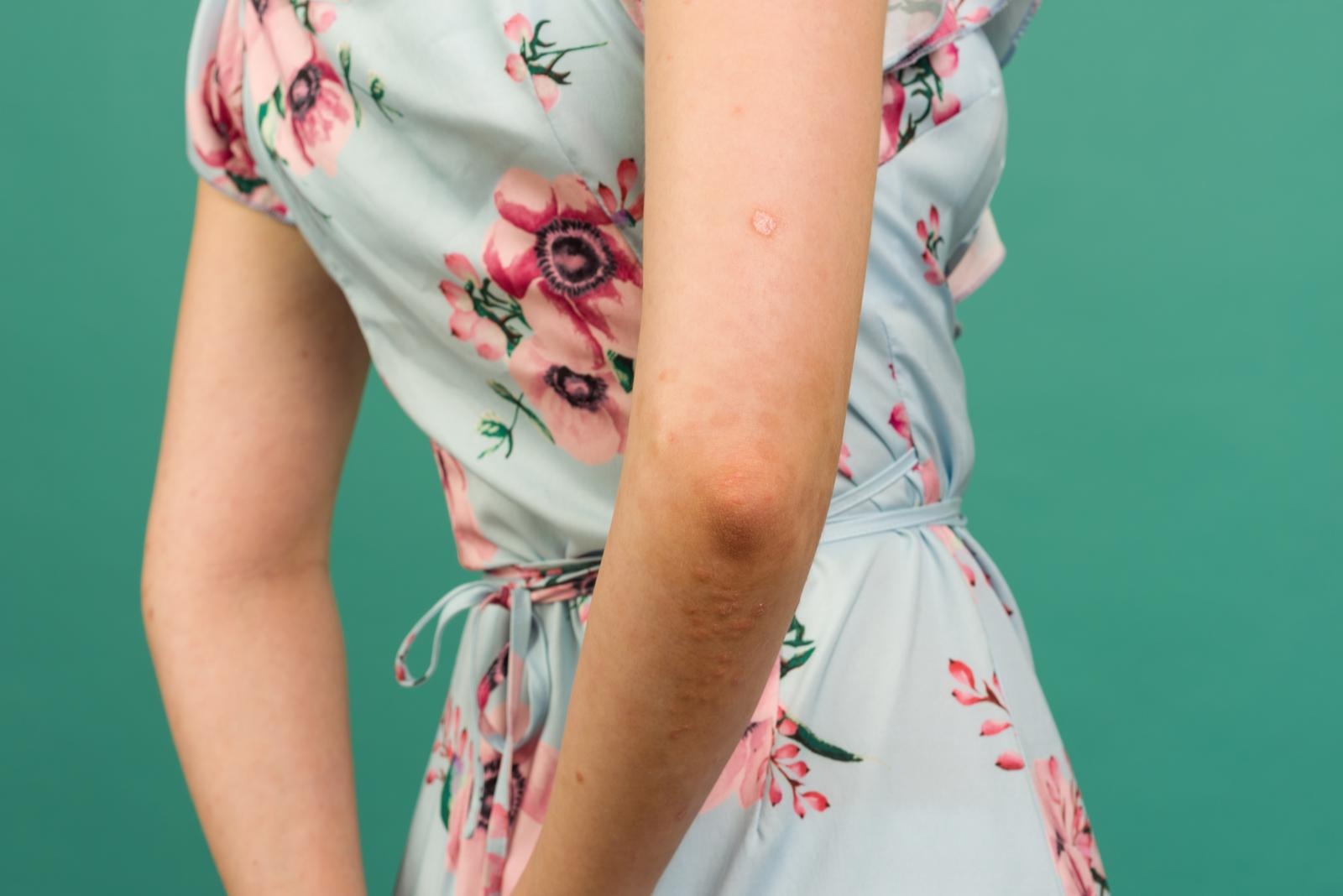Prurigo Nodularis, a chronic skin condition, often manifests as intensely itchy nodules on the skin, profoundly impacting a patient's quality of life. While the exact cause remains unclear, it is usually associated with underlying inflammatory processes. Patients seeking relief from Prurigo Nodularis experience a multitude of challenges in its treatment, making it essential to explore various management strategies.

What is Prurigo Nodularis?
Prurigo Nodularis is a dermatological condition characterized by the presence of hard, itchy nodules on the skin. These nodules often develop as a result of persistent scratching or rubbing of the skin, which can lead to further inflammation and discomfort. The cause of Prurigo Nodularis is not fully understood, but it is often associated with other skin and systemic diseases, including eczema, liver disease, and renal failure.
Symptoms and Diagnosis
The primary symptom of Prurigo Nodularis is the appearance of firm, itchy nodules that range in color from pink to brown. These nodules are usually dispersed symmetrically on the arms and legs but can appear on any part of the body.
- Symptoms of Prurigo Nodularis:
- Intense Itching: Persistent itching often leads to scratching, causing skin breakage.
- Nodules: Hard, crusty lesions that may be mistaken for other dermatological conditions.
- Open Sores: Nodules can turn into sores due to continuous scratching.
Diagnosis generally involves a clinical examination, but a skin biopsy may be performed to rule out other similar conditions. A detailed medical history is also important, as Prurigo Nodularis can be associated with a variety of systemic diseases. For more detailed aspects of diagnosis and treatment, the American Academy of Dermatology provides valuable insights here.
Exploring Treatment Options
The management of Prurigo Nodularis can be complex due to the intricate nature of the condition. Treatment plans are usually multifaceted, aiming to reduce itchiness and nodules, improve skin appearance, and address any underlying conditions. The Mayo Clinic offers an extensive guide on available treatments here.
- Common Treatments:
- Topical Therapies: Steroids and emollients to reduce itching and inflammation.
- Antihistamines: To mitigate allergic responses and alleviate itching.
- Phototherapy: Using ultraviolet light to reduce inflammation.
- Systemic Treatments: Immunomodulatory drugs for severe cases.
For those experiencing treatment-resistant Prurigo Nodularis, alternative therapies and ongoing research present new possibilities. A detailed discussion on challenges and advanced treatments is available here.
Finding Relief: Managing Prurigo Nodularis
Effective management of Prurigo Nodularis requires a comprehensive approach that addresses both the physical and psychological aspects of the disease. It is crucial for patients to work closely with healthcare providers to tailor a treatment plan that targets their specific symptoms.
- Management Strategies:
- Regular Follow-Ups: Consistent evaluation with a dermatologist to monitor progress.
- Psychological Support: Addressing the mental health impacts of chronic skin conditions.
- Lifestyle Modifications: Identifying and avoiding triggers that exacerbate symptoms.
The British Association of Dermatologists provides practical advice on managing the condition here.
Cost of Treatment
Understanding the potential costs associated with various treatment options can help patients make informed decisions. Below is a table showcasing estimated costs for some of the treatments available in the U.S.
| Treatment Option | Estimated Cost | Location |
|---|---|---|
| Topical Steroids | $20 - $100 per tube | National Average |
| Phototherapy Sessions | $50 - $500 per session | Various Clinics |
| Oral Antihistamines | $10 - $30 per month | Pharmacies Nationwide |
| Systemic Therapies | $200 - $1,000 per month | Specialty Clinics |
| Immunomodulatory Drugs | $500 - $2,000 per month | Healthcare Providers |
By understanding Prurigo Nodularis and its management strategies, patients can better navigate their journey towards relief. Compiling these options ensures that each patient can find a treatment plan that best suits their personal and financial needs. For an overview of treatment strategies and management guidelines, Medscape offers valuable resources here.


